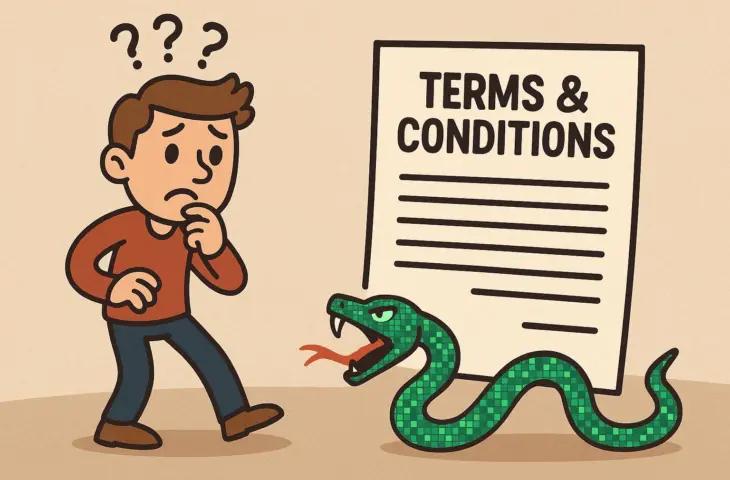AI companies aren’t always playing fair, according to Gartner. Always read the fine print of your license – if you can find it.
Gartner analyst Jo Liversidge called out the AI industry during an event held by the analysis firm. According to Liversidge, there’s ‘total chaos’ when it comes to AI licenses. Terms of use for AI tools are either impossible to find or contain hidden pitfalls, and there’s a lack of consistency in pricing for AI services.
The analyst scrutinized the contract and license terms of various major vendors and found that AI is barely mentioned, if at all. AWS is the exception to the rule, though you have to scroll to clause 50 for the first explicit mention. As a result, customers don’t really know what they’re buying, Liversidge noted.
Hidden Pitfalls
In addition, terms and conditions often hide hard-to-spot pitfalls that can have major consequences. One example Liversidge points out is the question of who bears responsibility for copyright infringements committed by AI tools. This is a significant issue, given that AI companies have fed virtually the entire internet into their systems during the training phase.
Yet many AI parties want to pass that hot potato on to customers through non-negotiable terms of use. Gartner urges users not to accept this without a fight. Sometimes this yields results: after heavy criticism, Adobe decided to take responsibility for any potential claims.
Other clauses that often cause friction between vendors and users concern who owns and has the right to use the content. WeTransfer and Adobe again caused confusion and indignation among users about using content for AI training. Read the fine print carefully and don’t be afraid to complain if you disagree, is the message.
Inconsistent Pricing
Not only are the terms of use for AI services confusing, but so are the prices. Vendors use different pricing systems, but sometimes prices can also vary within one vendor’s portfolio. According to Gartner, this is the case with Salesforce Agentforce, for example.
Often, either a system of ‘tokens’ is used to determine the cost, or pre-paid credits that are arbitrarily (re)calculated. Both systems mainly make it easy for vendors to increase prices, and impossible for users to estimate costs.
Services that operate on a subscription model with a fixed price are not off the hook either. Users are automatically and without consent switched to AI subscriptions, usually accompanied by a price increase, while ‘AI-free’ products are either phased out or no longer found in the catalog. Those who want a Microsoft subscription without Copilot have to search hard.
read also
Microsoft and Google ram AI down your throat (and make you pay for it)
As vendors are rapidly adding agentic AI applications to their services, it will only become more complex for users, Gartner fears. Yet this won’t slow down AI adoption. Gartner also predicts that by 2030, every IT role will use AI in one way or another.
